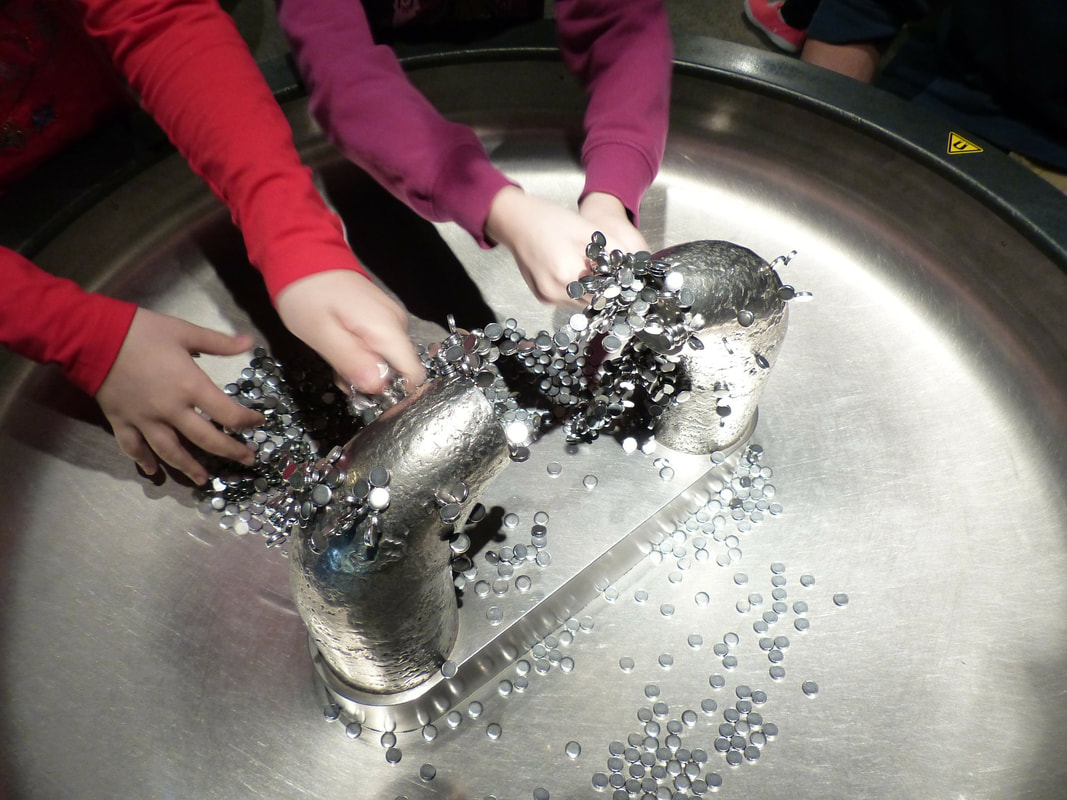Exploring homeschooling?
The good news is over two million U.S. children are now homeschooled.
Children are thriving and parents love the quality family time.
Here’s how to get started!

HOMESCHOOLING BASICS
UNDERSTAND YOUR STATE LAWS
Each state has different laws regarding homeschooling.
Find your state laws with a search for “homeschooling in (your state).”
Or check out HSLDA‘s comprehensive listings.
Four legal options for homeschooling in California.
- Enroll in a public independent study program or public Charter School.
- File the PSA (aka R-4) annually with the California Department of Education and maintain all records for your own private school.
- Hire a credentialed tutor covering all subjects.
- Enroll in a private school satellite program like Branson Academy PSP.
Branson Academy is a California PSP and accepts California residents and traveling homeschoolers who maintain a primary residence / address in California.
DISCOVER YOUR CHILD’S LEARNING STYLE

Understanding how YOUR child learns is so critical to your homeschool success, I can’t emphasize it enough!
As a young mom I was sometimes frustrated when books or curriculum fit one child, yet didn’t work for another. As more research became available we learned about personality types, cognitive processing, and multiple intelligences or “smarts” that influence learning.
All of a sudden, things started making sense!
Such as why my auditory/kinesthetic learner could understand the lesson while playing on the floor and listening to me read-aloud, when my visual-print learner needed to sit next to me and see the words being read!
Or, why it was easier to do a verbal/mental math lesson with my AK learner who struggled with fine motor skills for writing.
And, why my creative, social-global learner benefited from small group classes and a white-board with colored markers for tracking assignments.
We intuitively adapted to their learning styles, and now we had the science to back it up!
As you discover how your child learns, you will be able to provide resources tailored to your child’s strengths and help develop areas that need improvement.
Identify Visual/Auditory/Kinesthetic learning with this VARK Questionnaire for Younger People.
Check out Time4Learning’s study tips for Seven Different Types of Learners — visual/spatial, aural/auditory, verbal/linguistic, physical/kinesthetic, logical/mathematical, social/interpersonal, solitary/intra-personal.
If your child is struggling you may be teaching the way YOU learn – not how your child learns!
Discover how you learn, too!
Aptitude and Personality Assessments for teens and adults.
EXPLORE CURRICULUM AND TEACHING AIDS

It’s fun to browse homeschool curriculum and teaching aids! There are amazing resources for every subject.
1. Keep in mind your budget and your child’s learning style – not just what catches your eye as cool as it looks!
2. Browse grade and subject specific resources.
Remember to look at free resources such as the public library and Khan Academy videos to supplement learning.
Book fairs, used booksellers, homeschool conferences, and homeschool support groups (or park day groups) are great places to find curriculum or sponsored classes.
Family, friends, and neighbors may have resources to contribute to your child’s learning.
3. Start with the basics and build.
Core subjects are the building blocks of our learning. Math. Science. Language Arts (including reading, writing, grammar, spelling, vocabulary.) Social Studies and History.
Electives are Art, Music, Foreign Languages, Computer Programming and Coding, Cooking and Nutrition, Leadership Skills, Drivers Ed, Urban Gardening… you get the idea!
New homeschooling parents think they need a scope and sequence for “What Your Child Needs to Know in XYZ Grade.” We think those are great reference books. We recommend first evaluating your child’s existing framework and foundation.
What does your child already know? Are there any holes or gaps? Use free online placement tests if you are unsure. Once you have a solid understanding of your child’s skillset, you can build on those.
Use a holistic approach integrating science and art, social studies and language arts, and history through the lens of inventors, artists, musicians and writers.
If a child is having difficulty reading, consider whether she needs extra help with phonics… or a pair of glasses. If your child is beyond grade level in math, take a cue from video games and advance to the next level!
Homeschooling means your child can learn at his or her own level and pace.
See our Resources page for curriculum providers.
CREATE AN ENGAGING LEARNING ENVIRONMENT

Your study area may be a dedicated space in the den or living room, at the kitchen table, or in the backyard!
Consider white boards and colored markers. Montessori teaching aids and hands-on project material to stimulate learning. Easy-to-reach supplies for little ones. A backyard garden or obstacle course. Colorful wall maps and posters. A basket full of books in a comfy reading area.
Remember to include such things as graphing calculators and grid paper for algebra, an affordable microscope or online science lab, music and art supplies, and foreign language books or apps.
DESIGN A FLEXIBLE SCHEDULE

Personalize your schedule to meet your needs.
Week-Based Study Schedules
Five Day Week with standard school vacation schedule
Four Day Week Four days a week for studies / one day for field trips, park day, or medical appts.
Three Weeks On / One Week Off Works well for Grades K-6, unit studies, and extra holidays.
Nine Weeks On / Two Weeks Off Builds in time for extra projects during the year or impromptu vacations.
Alternating Subjects
Alternate classes or subjects by day as in the example below.
DAILY Math, Foreign Language, Music (PLUS either MWF or T-TH classes)
MWF History, Language Arts
T/TH Science and Electives
Semi-Structured Daily Schedule
Flip the sample below to fit your needs.
A.M. Morning Chores and Studies
P.M. Personal Projects & Studies for older students or play time for younger learners
Can include coding / graphic design / fashion design / writing / carpentry / arts and crafts / music practice / community service / gardening / driving lessons or other electives
Evening Reading / Family Time / Games
YOU GOT THIS!
You are not alone.
Connect with other homeschool parents. (See a list of California Support Groups here.)
Create your own homeschool pod, co-op or park day group.
Gain insights through homeschool blogs & posts.
Be gentle with yourself and your kids while you de-school!
You are shaping a new learning environment for your student. Give yourself permission to adjust and allow space for a new tempo and daily rhythms.
For additional support check out my Homeschool Coaching here.

COME HOMESCHOOL WITH US.
